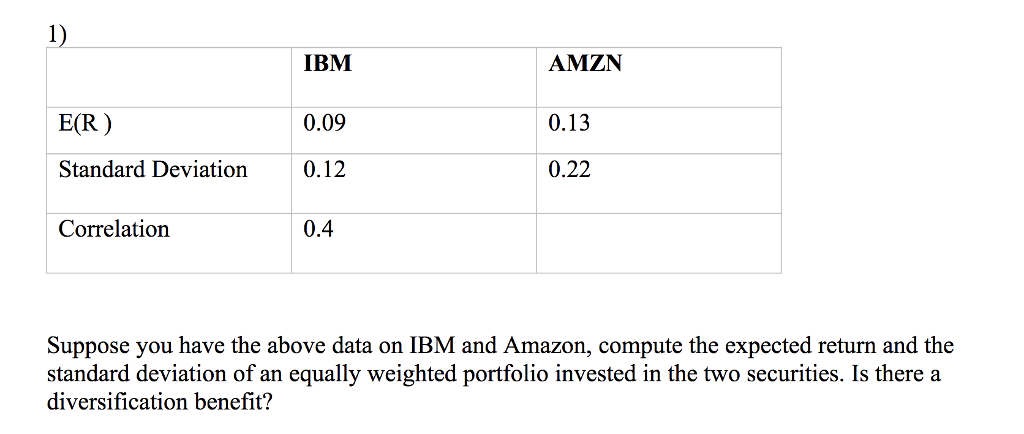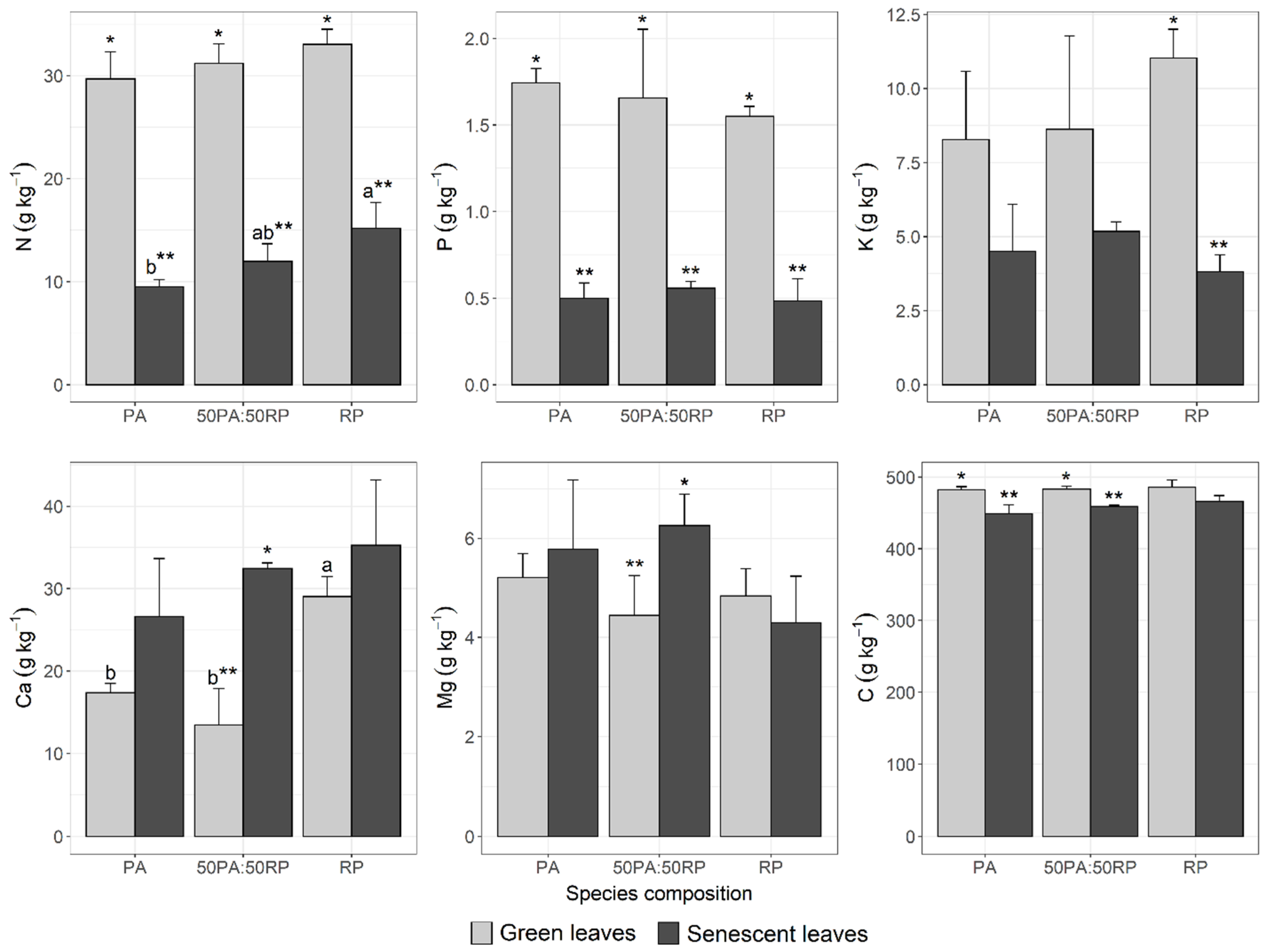
(2009): “Measuring Regional Inequality: A Comparison of Coefficient of Variation and Hoover Concentration Index”.

(2005): “Regionale Disparitaeten in Deutschland und ausgesuchten OECD-Staaten im Vergleich”. (eds.): Handbook of Regional Growth and Development Theories.
:max_bytes(150000):strip_icc()/dotdash_final_Optimize_Your_Portfolio_Using_Normal_Distribution_Jan_2021-04-a92fef9458844ea0889ea7db57bc0adb.jpg)
(2009): “Introduction: regional growth and development theories in the twenty-first century - recent theoretical advances and future challenges”. Stuttgart: Borntraeger.Ĭapello, R./Nijkamp, P. Band 1: Univariate und bivariate Statistik”. (2010): “Statistische Methoden in der Geographie. If weighting is specified, the function returns a weighted standard deviation (optionally using a weighted arithmetic mean if wmean = TRUE).īahrenberg, G./Giese, E./Mevenkamp, N./Nipper, J. The vector x is automatically treated as a sample (such as in the base sd function), so the denominator of variance is n-1, if it is not, set is.sample = FALSE. As there is more than one way to weight measures of statistical dispersion, this function uses the formula for the weighted sd ( σ_w) from Sheret (1984). The standard deviation can be weighted by using a second weighting vector. density of physicians or grocery stores). But the sd can also be used for any other types of disparities or dispersion, such as disparities in supply (e.g. The coefficient of variation (see the function cv) is more frequently used for this purpose (e.g. disparities in regional GDP per capita) in one indicator. The sd allows to summarize regional disparities (e.g. Unlike the R base sd function, the sd2 function allows to choose if the data is treated as sample (denominator of variance is n-1)) or not (denominator of variance is n))įrom a regional economic perspective, the sd is closely linked to the concept of sigma convergence ( σ) which means a harmonization of regional economic output or income over time, while the other type of convergence, beta convergence ( β), means a decline of dispersion because poor regions have a stronger growth than rich regions (Capello/Nijkamp 2009).

The function calculates the standard deviation. Logical argument that whether NA values should be extracted or not Logical argument that indicates if the weighted mean is used when calculating the weighted standard deviation Logical argument that indicates if the dataset is a sample or the population (default: is.sample = TRUE, so the denominator of variance is n-1)Ī numeric vector containing weighting data to compute the weighted standard deviation (instead of the non-weighted sd) Sd2 (x, is.sample = TRUE, weighting = NULL, wmean = FALSE, na.rm = TRUE)

Calculating the standard deviation (sd), weighted or non-weighted, for samples or populations


 0 kommentar(er)
0 kommentar(er)
